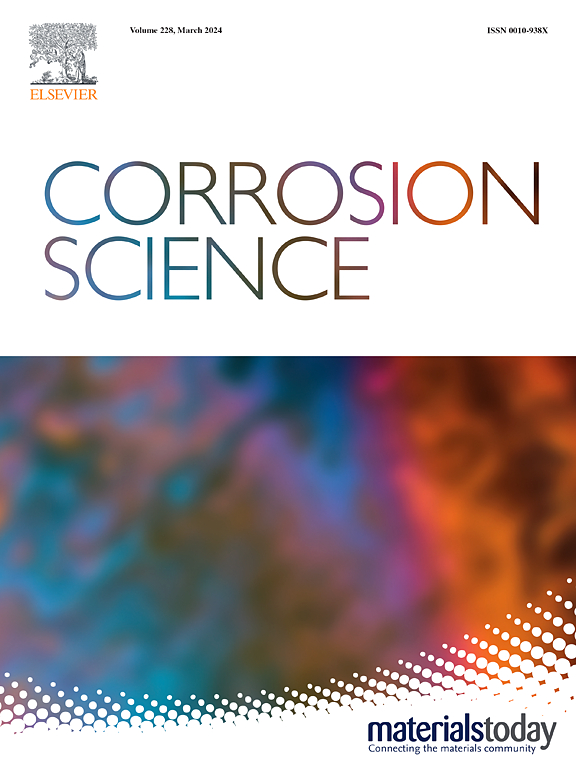The mechanisms underlying the effect of tempering time on the pitting behavior of high-nitrogen martensitic stainless steel
IF 7.4
1区 材料科学
Q1 MATERIALS SCIENCE, MULTIDISCIPLINARY
引用次数: 0
Abstract
High-nitrogen martensitic stainless steel (HNMSS) is widely used in chemical, marine, and medical applications due to its excellent mechanical properties and corrosion resistance. However, pitting corrosion remains a major issue, particularly in chloride-containing environments. The tempering process after quenching affects both the mechanical properties and microstructure of HNMSS, but its influence on pitting behavior is not well understood. This study investigates the effect of tempering duration on the pitting corrosion of HNMSS in 3.5 wt% NaCl solution. The HNMSS was solution-treated at 1030°C for 30 min, followed by oil quenching and cryogenic treatment, and then tempered at 500°C for 1–100 h. Microstructure characterization was performed using XRD, SEM, and TEM. Potentiodynamic polarization and EIS were used to assess pitting behavior, while in-situ electrochemical techniques and SEM were employed to observe corrosion morphology. The results showed that after solution treatment, HNMSS contained significant undissolved primary Cr2N, with no chromium carbides. Secondary Cr2N appeared only after 100 h of tempering. Pitting sensitivity increased with longer tempering times, with the pitting potential decreasing from 0.348 V (cryogenic treatment) to 0.124 V after 2 h of tempering. Beyond 5 h, pitting occurred without anodic polarization, resulting in loss of passivation. This behavior is related to the decrease in chromium content in the matrix surrounding the primary Cr₂N, which drops to 7.47 at% after 100 h of tempering. The primary Cr₂N had a more significant impact on pitting sensitivity than the secondary Cr₂N.
求助全文
约1分钟内获得全文
求助全文
来源期刊

Corrosion Science
工程技术-材料科学:综合
CiteScore
13.60
自引率
18.10%
发文量
763
审稿时长
46 days
期刊介绍:
Corrosion occurrence and its practical control encompass a vast array of scientific knowledge. Corrosion Science endeavors to serve as the conduit for the exchange of ideas, developments, and research across all facets of this field, encompassing both metallic and non-metallic corrosion. The scope of this international journal is broad and inclusive. Published papers span from highly theoretical inquiries to essentially practical applications, covering diverse areas such as high-temperature oxidation, passivity, anodic oxidation, biochemical corrosion, stress corrosion cracking, and corrosion control mechanisms and methodologies.
This journal publishes original papers and critical reviews across the spectrum of pure and applied corrosion, material degradation, and surface science and engineering. It serves as a crucial link connecting metallurgists, materials scientists, and researchers investigating corrosion and degradation phenomena. Join us in advancing knowledge and understanding in the vital field of corrosion science.
 求助内容:
求助内容: 应助结果提醒方式:
应助结果提醒方式:


